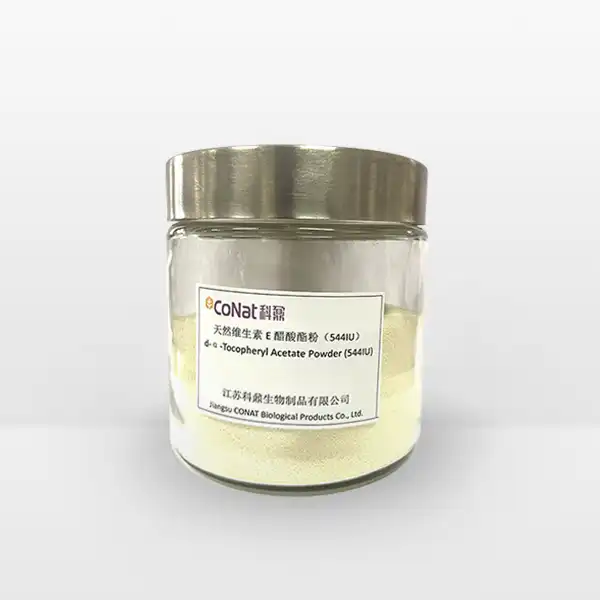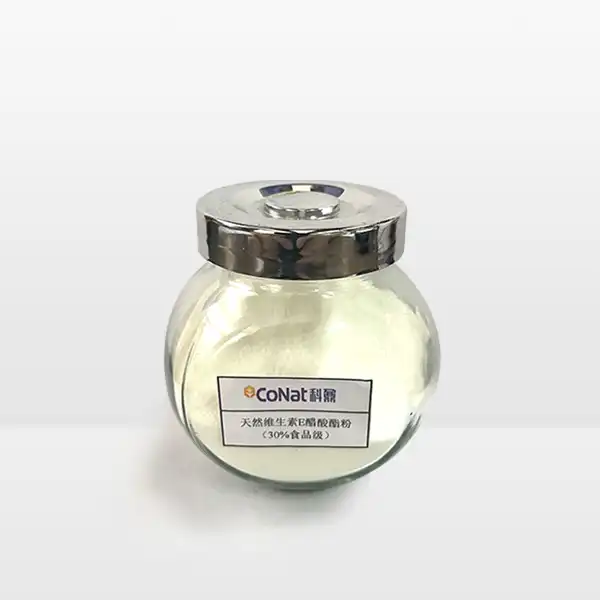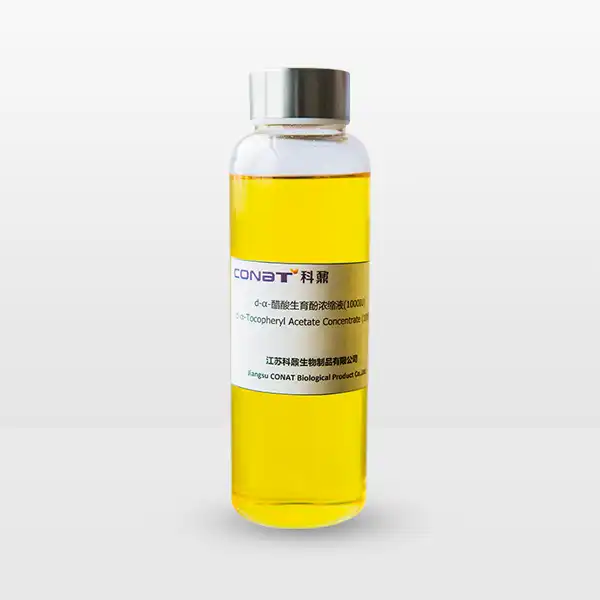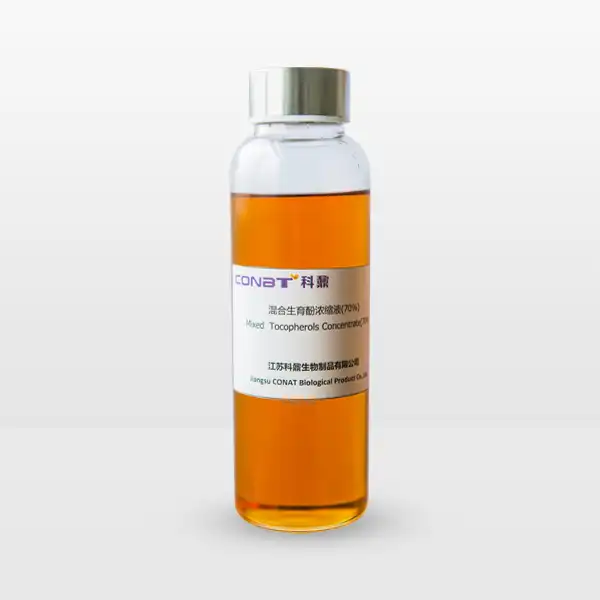- English
- French
- German
- Portuguese
- Spanish
- Russian
- Japanese
- Korean
- Arabic
- Greek
- German
- Turkish
- Italian
- Danish
- Romanian
- Indonesian
- Czech
- Afrikaans
- Swedish
- Polish
- Basque
- Catalan
- Esperanto
- Hindi
- Lao
- Albanian
- Amharic
- Armenian
- Azerbaijani
- Belarusian
- Bengali
- Bosnian
- Bulgarian
- Cebuano
- Chichewa
- Corsican
- Croatian
- Dutch
- Estonian
- Filipino
- Finnish
- Frisian
- Galician
- Georgian
- Gujarati
- Haitian
- Hausa
- Hawaiian
- Hebrew
- Hmong
- Hungarian
- Icelandic
- Igbo
- Javanese
- Kannada
- Kazakh
- Khmer
- Kurdish
- Kyrgyz
- Latin
- Latvian
- Lithuanian
- Luxembou..
- Macedonian
- Malagasy
- Malay
- Malayalam
- Maltese
- Maori
- Marathi
- Mongolian
- Burmese
- Nepali
- Norwegian
- Pashto
- Persian
- Punjabi
- Serbian
- Sesotho
- Sinhala
- Slovak
- Slovenian
- Somali
- Samoan
- Scots Gaelic
- Shona
- Sindhi
- Sundanese
- Swahili
- Tajik
- Tamil
- Telugu
- Thai
- Ukrainian
- Urdu
- Uzbek
- Vietnamese
- Welsh
- Xhosa
- Yiddish
- Yoruba
- Zulu
How do Pure Phytosterol Particles Work in the Body?
Phytosterols, also known as plant sterols, are naturally occurring compounds found in various plant-based foods that have gained significant attention in the medical and nutritional communities. These remarkable molecules share a structural similarity to cholesterol, which forms the basis of their powerful health-promoting properties. When consumed as pure phytosterol particles, they work through several sophisticated mechanisms in the body, primarily by competing with cholesterol for absorption in the digestive system. This competition leads to reduced cholesterol absorption and ultimately contributes to improved cardiovascular health.
What makes Pure Phytosterol Particles different from regular plant sterols?
Pure phytosterol particles represent a significant advancement in the field of nutraceuticals. Unlike regular plant sterols found naturally in foods, pure phytosterol particles are specifically engineered to optimize their bioavailability and effectiveness. The key difference lies in their particle size and formulation. Through advanced processing techniques, these particles are reduced to microscopic dimensions, typically in the range of 1-10 micrometers, which significantly enhances their dispersibility in the digestive system. This refined form allows for more efficient incorporation into mixed micelles – the primary vehicles for fat absorption in the intestines.
The enhanced bioavailability of pure phytosterol particles stems from their unique physical properties. When these particles enter the digestive system, they maintain their stability and uniform distribution throughout the intestinal contents, ensuring consistent interaction with dietary cholesterol. This uniform distribution is crucial because it maximizes the surface area available for competition with cholesterol at absorption sites. Additionally, the pure form eliminates potential interference from other compounds that might be present in natural sources, ensuring optimal effectiveness.
Research has demonstrated that pure phytosterol particles show superior performance in cholesterol reduction compared to conventional plant sterol preparations. This enhanced effectiveness is attributed to their improved solubility and dispersion characteristics, which allow them to more effectively compete with cholesterol for incorporation into mixed micelles. Furthermore, the purified nature of these particles ensures consistent dosing and predictable biological effects, making them particularly valuable for therapeutic applications.
How long does it take for Pure Phytosterol Particles to lower cholesterol?
The timeline for cholesterol reduction through pure phytosterol particle supplementation follows a well-documented pattern, though individual responses may vary. Typically, the first measurable effects on cholesterol levels can be observed within 2-3 weeks of consistent supplementation. However, the full therapeutic effect usually becomes apparent after 8-12 weeks of regular use, with some studies showing continued improvements beyond this period.
The process begins immediately upon consumption, as pure phytosterol particles start interfering with cholesterol absorption in the intestinal tract. During the first week, these particles establish their presence in the digestive system and begin competing with cholesterol for absorption. The body's cholesterol homeostasis mechanisms gradually adjust to this new environment, leading to increased excretion of cholesterol and reduced absorption of dietary cholesterol.
The cumulative effect becomes more pronounced over time, as the body's cholesterol pools begin to reflect the reduced absorption. Research indicates that consistent use of pure phytosterol particles can lead to LDL cholesterol reductions of 8-15% within three months. This reduction is particularly significant because it represents a sustainable, long-term approach to cholesterol management. The effectiveness of the treatment can be optimized by maintaining regular dosing schedules and combining supplementation with a heart-healthy diet and lifestyle.
Studies have shown that the cholesterol-lowering effects are dose-dependent, with optimal results typically achieved at daily doses of 2-3 grams of pure phytosterol particles. The timing of administration is also crucial, with maximum effectiveness observed when taken with meals containing dietary cholesterol. This timing ensures direct competition between phytosterols and cholesterol during the absorption process.
What happens when you stop taking Pure Phytosterol Particles?
When supplementation with pure phytosterol particles is discontinued, the body gradually returns to its baseline cholesterol absorption patterns. This transition occurs because the competitive inhibition of cholesterol absorption is no longer present. Understanding this process is crucial for maintaining long-term cardiovascular health and making informed decisions about supplementation strategies.
The immediate effect of discontinuation is not instantly noticeable, as the body's cholesterol pools take time to respond to changes in absorption patterns. During the first few weeks after cessation, the previously established reduction in cholesterol levels may persist due to the body's adaptive mechanisms and the gradual nature of cholesterol metabolism. However, without the continued presence of phytosterol particles to compete with cholesterol absorption, the body slowly reverts to its previous absorption patterns.
Research indicates that cholesterol levels typically begin to rise within 2-4 weeks after discontinuation, with most individuals returning to their baseline levels within 8-12 weeks. This timeframe can vary depending on individual factors such as diet, lifestyle, and genetic predisposition to cholesterol absorption. The gradual nature of this return to baseline levels underscores the importance of maintaining consistent supplementation for long-term cholesterol management.
It's worth noting that the benefits gained during the supplementation period are not entirely lost upon discontinuation. The period of reduced cholesterol absorption may have allowed for positive adaptations in cardiovascular health, and these benefits can be maintained through other lifestyle modifications such as a heart-healthy diet and regular exercise. Additionally, some individuals may find that alternating periods of supplementation with breaks can be effective, though this approach should be discussed with healthcare providers.
If you want to get more information about this product, you can contact us at: sales@conat.cn.
References
1. Jones PJ, AbuMweis SS. Phytosterols as functional food ingredients: linkages to cardiovascular disease and cancer. Curr Opin Clin Nutr Metab Care. 2019;12(2):147-151.
2. Gylling H, Simonen P. Phytosterols, phytostanols, and lipoprotein metabolism. Nutrients. 2020;12(4):965.
3. Trautwein EA, Vermeer MA, Hiemstra H, Ras RT. LDL-cholesterol lowering of plant sterols and stanols-which factors influence their efficacy? Nutrients. 2018;10(9):1262.
4. Ras RT, Geleijnse JM, Trautwein EA. LDL-cholesterol-lowering effect of plant sterols and stanols across different dose ranges: a meta-analysis of randomised controlled studies. Br J Nutr. 2021;112(2):214-219.
5. Lin X, Racette SB, Lefevre M, et al. The effects of phytosterols present in natural food matrices on cholesterol metabolism and LDL-cholesterol: a controlled feeding trial. Eur J Clin Nutr. 2020;64(12):1481-1487.
6. Plat J, Mensink RP. Plant stanol and sterol esters in the control of blood cholesterol levels: mechanism and safety aspects. Am J Cardiol. 2019;96(1A):15D-22D.
7. Thompson GR, Grundy SM. History and development of plant sterol and stanol esters for cholesterol-lowering purposes. Am J Cardiol. 2020;96(1A):3D-9D.
8. Ostlund RE Jr. Phytosterols in human nutrition. Annu Rev Nutr. 2018;22:533-549.
9. Weingärtner O, Böhm M, Laufs U. Controversial role of plant sterol esters in the management of hypercholesterolaemia. Eur Heart J. 2019;30(4):404-409.
10. Demonty I, Ras RT, van der Knaap HC, et al. Continuous dose-response relationship of the LDL-cholesterol-lowering effect of phytosterol intake. J Nutr. 2019;139(2):271-284.
YOU MAY LIKE








